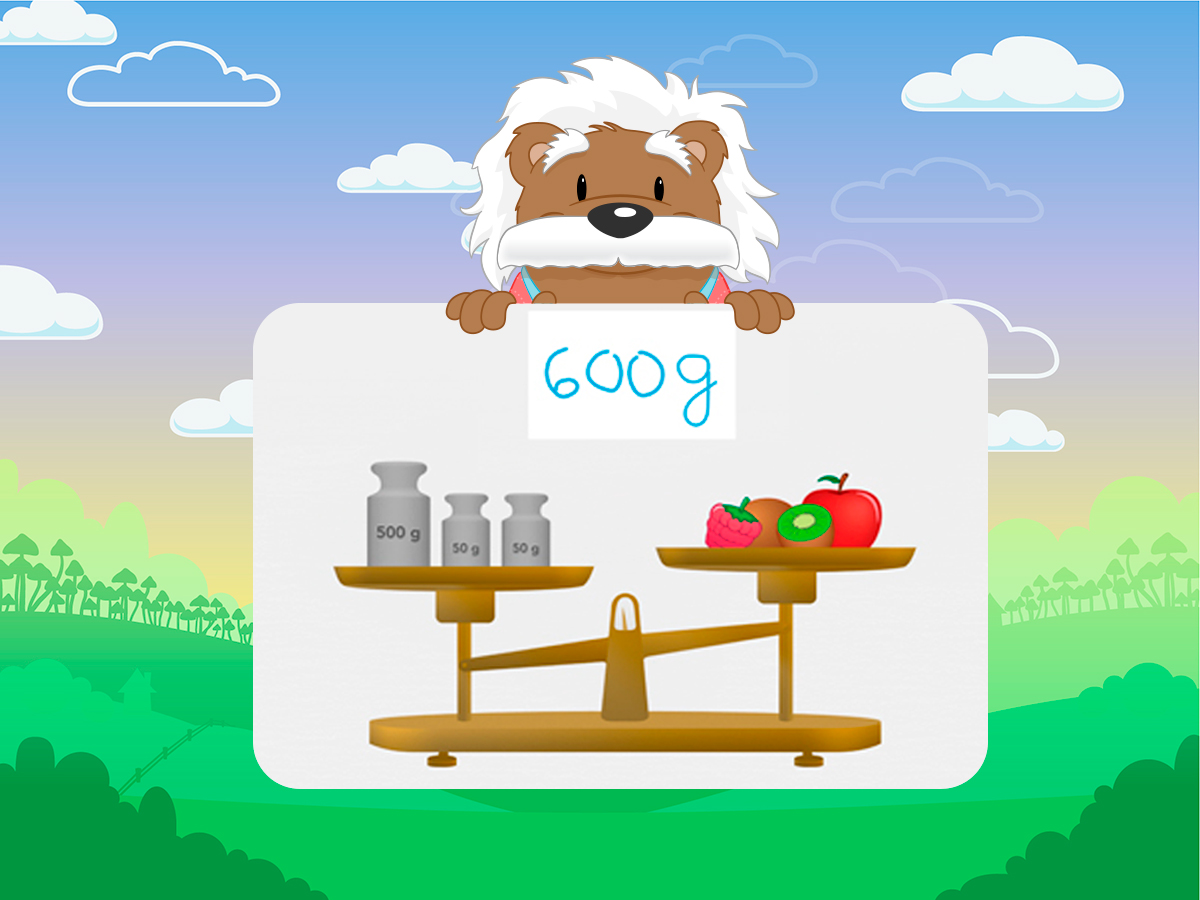
Volume and Mass Exercise
Practice calculating volume and mass with myBlee Math. Printable worksheets and interactive activities to understand these key concepts from elementary school onwards.
Volume and Mass: Free Printable Exercises
In elementary school, understanding the concepts of volume and mass is part of the fundamental learning in mathematics and science. To support children in this discovery, we offer a selection of clear, progressive exercises adapted to each level.
Available in PDF and easy to print, these worksheets can be used in class or at home. They help practice estimating, measuring, and comparing volumes or masses through real-life situations.
Through varied activities, students develop their sense of measurement, their reasoning ability, and their skill in handling units like liters, milliliters, kilograms, or grams. A playful and structured approach to progressively master volume and mass.
The Goal of Understanding Volume and Mass in Elementary School
From the first years of elementary school, learning about volume and mass helps students better understand the world around them. These concepts are essential to develop an intuition for quantities, learn to handle measurement units, and gain concrete reference points in everyday situations.
The proposed exercises cover conversions, estimations, and comparisons in a simple and progressive way. By manipulating objects, observing capacities, or working with measurements in grams or liters, children refine their reasoning while strengthening their mastery of measurement tools.
The goal: to help them approach quantities and measurements with more ease and rigor.
Volume and Mass Exercises Designed for All Student Profiles
Our volume and mass exercises are designed to support all elementary students, whether they are comfortable with measurement units or are still discovering how to use them. Each worksheet follows a structured progression, with activities adapted to develop solid and concrete references.
Starting with simple situations, like comparing containers or estimating weights, children move step-by-step toward more including conversions or reading measuring instruments.
Estimation, manipulation, calculation: these activities encourage a calm and progressive approach to quantities, adapting to each student’s pace.
Printable Volume and Mass Worksheets for Practice at School or Home
To support the learning of volume and mass from elementary school onwards, the myBlee Math app is an excellent complement to paper resources. Designed for students from elementary up to Grade 6, it offers interactive activities to estimate capacities, handle units like liters or kilograms, and perform simple conversions in a playful and progressive way.
Children can practice at their own pace, check their answers, and get immediate feedback. Additionally, the printable or downloadable PDF worksheets provide a structured support, ideal for practicing at home or in class.
A pedagogical voice-over guides the student step by step, helping them understand volume and mass concepts while developing useful daily skills.

Understanding Density: A Concept Covered in Middle School
Density, also called material density, expresses the amount of mass contained in a given volume. It is calculated by dividing mass by volume (mass ÷ volume) and is usually expressed in g/cm³ or kg/m³. This concept allows comparison of materials: for equal volumes, a denser material is heavier.
Exercises involving density require handling several quantities and using formulas. That’s why they are mainly covered in middle school, even higher education, where students are more comfortable with unit conversions, algebraic calculations, and abstraction.
Frequently Asked Questions About Volume and Mass
These two concepts are often taught together in elementary school because they help better understand object properties. Here are simple and educational answers to questions students (and sometimes parents!) frequently ask.
What is the relationship between mass and volume?
Mass and volume are linked by the density of an object. The denser an object, the higher its mass for the same volume. The relation is: mass = volume × density.
How to calculate volume from mass?
To calculate volume from mass, you need to know the material’s density. The formula is: volume = mass ÷ density. Be careful to keep consistent units (for example: grams and g/cm³).
What is the formula to calculate mass?
The formula to calculate mass is: mass = volume × density. You need to know the object’s volume and the material’s density to find the mass, using compatible units.
How to convert mass to volume?
To convert mass to volume, just use the formula: volume = mass ÷ density. It is important to know the material’s density and use compatible units to get an accurate result.